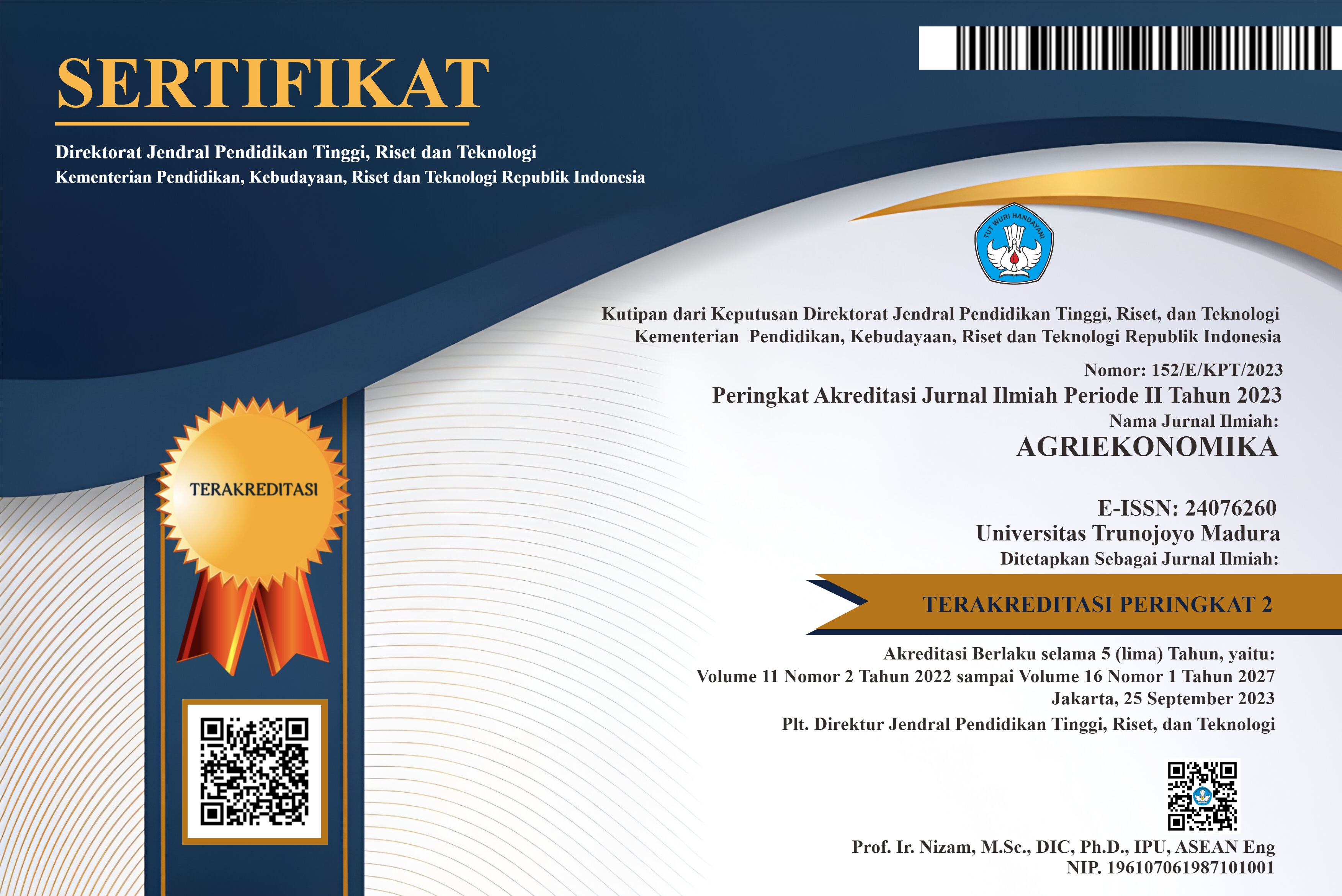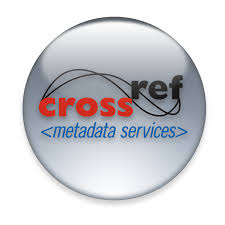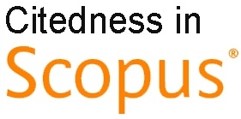AN INTEGRATED APPROACH OF INTERPRETIVE STRUCTURAL MODELING (ISM) AND ANALYTIC HIERARCHY PROCESS (AHP) IN DEVELOPING INSTITUTIONAL SYSTEM OF THE BEEF CATTLE INDUSTRY
Abstract
This study is aimed to knowing Structuring the sub element of Institutional System of Beef Cattle Industry, The methods used for data collection is by distributing questionnaires, interviews with experts and literature studies. Results of questionnaires and interviews with experts used to construct a hierarchy of election strategy Beef Cattle industry development. Preparation of hierarchy elections industrial development strategy Beef Cattle using AHP technique The formulation of a model institutional system Beef Cattle industry development with key elements in the element's goal is to realize a strong institutional element is the need for government support, elements of the perpetrator is a trader. While the key elements in the benchmarks is the increasing diversification of products Beef Cattle, element of constraint is the weak institutional system, lack of government support for industrial development Beef Cattle and the lack of guidance to the Breeders. For elements of the desired changes to the industrial development Beef Cattle is the formation of an independent group of cattle at the planting site Beef Cattle
Keywords
Full Text:
PDF (Bahasa Indonesia)References
Attri, Rajesh et al. 2013. Interpretive Structural Modelling (ISM) approach: An Overview. Research Journal of Management Sciences. Vol. 2(2): 3-8
Arnold JR dan SN Chapman. 2004. Introduction to Materials Management. New Jersey:
Diwyanto, K. 2008. Pemanfaatan sumber daya lokal dan inovasi teknologi dalam mendukung pengembangan sapi potong di Indonesia. Pengembangan Inovasi Pertanian 1(3): 173-188.
George, J P and Pramod, V. R. (2014). An Interpretive Structural Model (Ism) Analysis Approach In Steel Re Rolling Mills (SRRMS) Impact: International Journal Of Research In Engineering & Technology Vol. 2: 161-174.
Handfield RB dan EL. Nichols Jr. 2002.Supply Chain Redesign. Prentice Hall
Indrajit RE dan R. Djokopranoto. 2003. Konsep Manajemen Supply Chain, Cara Baru. Memandang Mata Rantai Penyediaan Barang. Jakarta: Grassindo
Inounu, I., E. Martindah, R.A. Saptati, dan A. Priyanti. 2007. Potensi ekosistem pulau-pulau kecil dan terluar untuk pengembangan usaha sapi potong. Wartazoa 7(4): 156-164.
Kumar, S., Parashar, N., Haleem, A. 2009. Analytical Hierarchy Process Applied to Vendor Selection Problem: Small Scale, Medium Scale and Large Scale Industries. Business Intelligence Journal - August, Vol. 2: 355-362
Luthan, F. 2009. Implementasi program integrasi sapi dengan tanaman: padi, sawit, dan kakao di Indonesia. Prosiding Workshop Nasional Dinamika dan Keragaan Sistem Integrasi Ternak-Tanaman: Padi, Sawit, Kakao. Pusat Penelitian dan Pengembangan Peternakan, Bogor.
Marimin. 2004. Teknik dan Aplikasi Pengambilan Keputusan Kriteria Majemuk. Jakarta: Grasindo.
Rukmana D. 1998. Budidaya Peternakan Sapi Potong. Jakarta: Penerbit Kanisius.
Saxena JP. 1992. Hierarchy and classification of program plan elements using Interpretive Structural Modeling. System Practice, vol 5, no.6, pp. 651670.
Saaty, Thomas L. 2008. Decision making with the analytic hierarchy process. International Journal of Services Sciences, Vol. 1: 83-98
Takkar, J., et.al. (2007). Development of a Balanced Scorecard, An Integrated Approach of Interpretive Sructural Modeling (ISM) and Analytic Network Process (ANP). International Journal of Productivity and Performance Management 56 (1): 25-59.
Upper Saddle River. Chopra S dan P. Meindel. 2007. Supply Chain Management: Strategy, Planning and Operation. Pearson Prentice Hall.
DOI: https://doi.org/10.21107/agriekonomika.v5i1.1207
Refbacks
- There are currently no refbacks.







